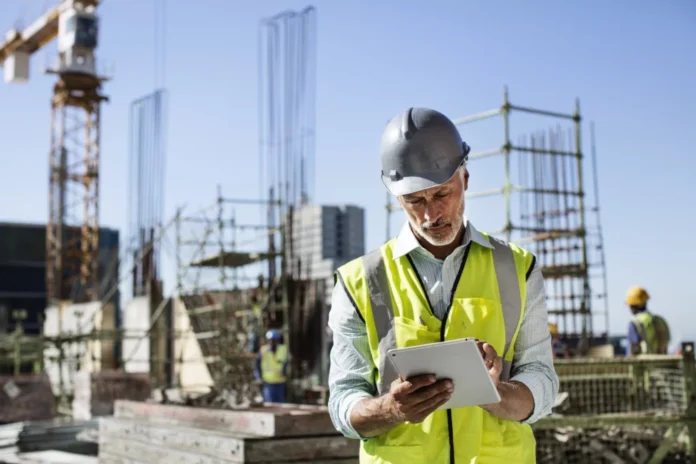Ensuring safety in the construction industry goes beyond meeting regulatory requirements; it requires a commitment to excellence in safety practices. In this article, we’ll explore how construction companies can elevate their safety standards to protect workers and enhance project outcomes.
The Importance of Safety in Construction

Safety is paramount in the construction industry, not only to prevent accidents and injuries but also to promote productivity, efficiency, and reputation. Elevating safety practices from mere compliance to excellence fosters a culture of safety that permeates every aspect of construction projects.
1. Leadership and Commitment
Effective safety leadership starts at the top. Company leaders must demonstrate a genuine commitment to safety by prioritizing it in decision-making, allocating resources for safety programs, and actively participating in safety initiatives. When leaders prioritize safety, it sets a precedent for the entire organization.
2. Comprehensive Training Programs
Investing in comprehensive safety training programs equips workers with the knowledge and skills needed to identify hazards, mitigate risks, and respond effectively to emergencies. Training should cover a wide range of topics, including proper equipment usage, hazard recognition, emergency procedures, and ergonomics.
3. Empowering Workers
Empowering workers to actively participate in safety processes and decision-making fosters a sense of ownership and accountability for safety outcomes. Encourage workers to report hazards, suggest improvements, and take proactive measures to ensure their own safety and the safety of their colleagues.
Implementing Safety Technologies

Advancements in technology offer valuable tools for enhancing safety in construction. From wearable devices that monitor vital signs to drones that conduct site inspections, leveraging technology can revolutionize safety practices and mitigate risks.
1. Wearable Safety Devices
Wearable safety devices, such as smart helmets and vests equipped with sensors, can detect potential hazards, monitor workers’ vital signs, and alert supervisors to emergencies in real-time. These devices provide invaluable data for identifying safety trends and implementing targeted interventions.
2. Site Monitoring Technologies
Drones equipped with cameras and sensors can perform aerial inspections of construction sites, identifying safety hazards, monitoring progress, and conducting surveys with greater efficiency and accuracy than traditional methods. Additionally, real-time monitoring systems can track workers’ movements and detect deviations from safe practices.
Continuous Improvement and Feedback Loops
Creating a culture of continuous improvement involves establishing feedback loops that allow for ongoing evaluation, adjustment, and refinement of safety practices. Regular safety audits, incident investigations, and feedback mechanisms enable construction companies to identify areas for improvement and implement corrective actions.
1. Safety Audits and Inspections
Regular safety audits and inspections help identify potential hazards, assess the effectiveness of safety controls, and ensure compliance with regulations and standards. Conducting site-specific risk assessments and engaging workers in the inspection process enhances their awareness of safety issues.
2. Incident Investigations
Thorough investigation of incidents, near misses, and accidents provides valuable insights into underlying causes and systemic weaknesses in safety protocols. By analyzing root causes and implementing corrective actions, construction companies can prevent similar incidents from occurring in the future.
Conclusion
Elevating safety practices in construction requires a holistic approach that encompasses leadership commitment, comprehensive training, technological innovation, and continuous improvement. By transitioning from a mindset of mere compliance to a culture of excellence in safety, construction companies can protect workers, enhance project outcomes, and uphold their reputation as industry leaders.














